Oregano (Origanum vulgare) is one of the most beloved culinary herbs, prized for its robust flavor, aromatic leaves, and versatility in Mediterranean, Italian, and Mexican dishes. While oregano thrives outdoors in sunny gardens, growing it indoors allows you to enjoy fresh, flavorful leaves year-round, regardless of climate or season.
Indoor oregano cultivation is not only practical for cooking but also adds a touch of greenery to your home, improves air quality, and supports small pollinators if placed near windows. This guide explores everything you need to know about growing oregano indoors, including soil requirements, light, watering, pruning, and harvesting techniques to ensure your herb flourishes all year.
Why Grow Oregano Indoors
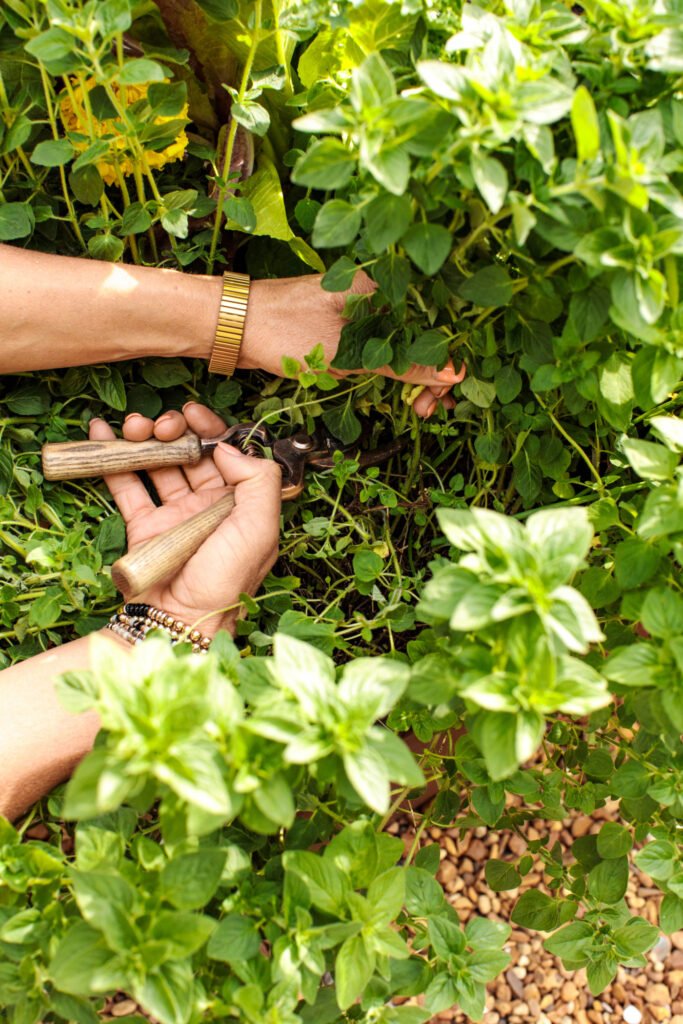
Growing oregano indoors offers several advantages:
- Year-Round Harvests: Enjoy fresh leaves in the kitchen even during winter months.
- Pest Control: Indoor growth reduces exposure to common garden pests.
- Space Efficiency: Perfect for apartments, small homes, or areas without outdoor garden space.
- Aesthetic Appeal: Adds lush greenery to windowsills, kitchen counters, or indoor herb gardens.
- Enhanced Flavor: Indoor-grown oregano often has more concentrated aroma and taste, as controlled conditions reduce stress from outdoor variables.
Expert Tip: Indoor growth allows gardeners to experiment with different oregano varieties, such as Greek oregano (strong, pungent flavor) or Italian oregano (milder, sweeter taste).
Step 1: Choosing the Right Oregano Variety
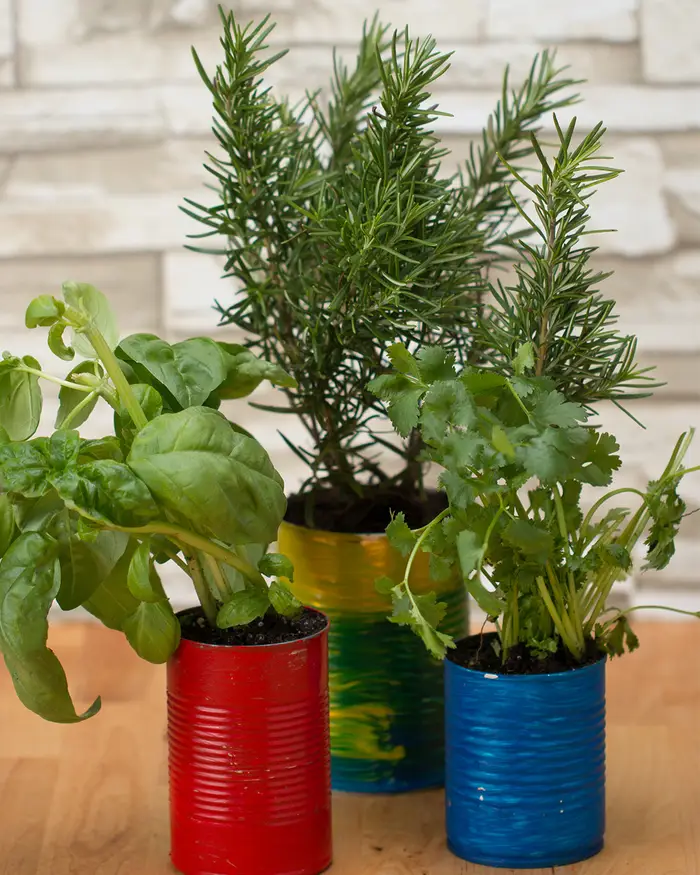
Not all oregano varieties thrive equally indoors. Selecting the right one is key to success:
- Greek Oregano (Origanum vulgare hirtum): Compact, aromatic, ideal for pots and containers.
- Italian Oregano (Origanum x majoricum): Larger leaves, sweeter flavor, slightly less compact.
- Golden Oregano (Origanum dictamnus): Ornamental with a mild flavor; adds visual appeal.
Pro Tip: Choose varieties labeled “compact” or “dwarf” for indoor cultivation, as they adapt better to container growth and limited light.
Step 2: Selecting Containers and Soil
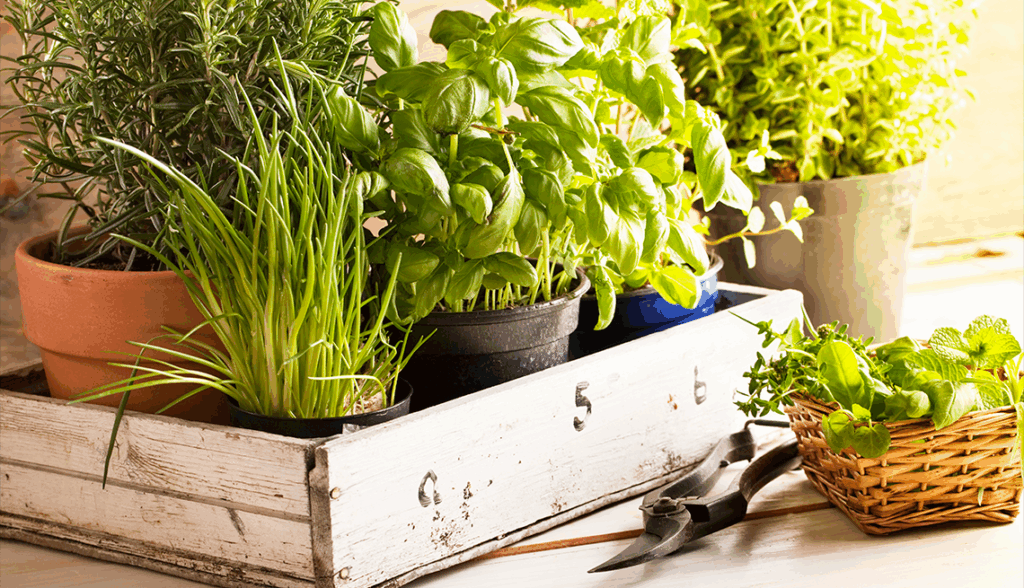
Proper containers and soil are essential for healthy indoor oregano:
Containers
- Size: Start with a 6–8 inch pot; transplant to a 10–12 inch pot as the plant grows.
- Drainage: Ensure pots have drainage holes to prevent waterlogging and root rot.
- Material: Terracotta pots are ideal for their breathability, but plastic or ceramic pots work as well.
Soil
- Type: Use well-draining potting mix; combine equal parts potting soil, perlite, and coarse sand for optimal drainage.
- pH: Oregano prefers slightly acidic to neutral soil (pH 6.0–7.0).
- Fertility: Add a small amount of organic compost for nutrients, but avoid over-fertilization to maintain flavor concentration.
Expert Insight: Oregano thrives in slightly lean soil; overly rich soil encourages lush foliage but reduces flavor intensity.
Step 3: Providing Adequate Light
Light is the most critical factor for indoor oregano:
- Sunlight Requirement: Oregano needs 6–8 hours of direct sunlight daily.
- Ideal Placement: South- or west-facing windowsills are optimal.
- Artificial Lighting: If natural light is insufficient, supplement with full-spectrum LED grow lights for 12–16 hours per day.
Tip: Rotate pots every few days to ensure even growth and prevent leaning toward the light source.
Step 4: Watering and Humidity
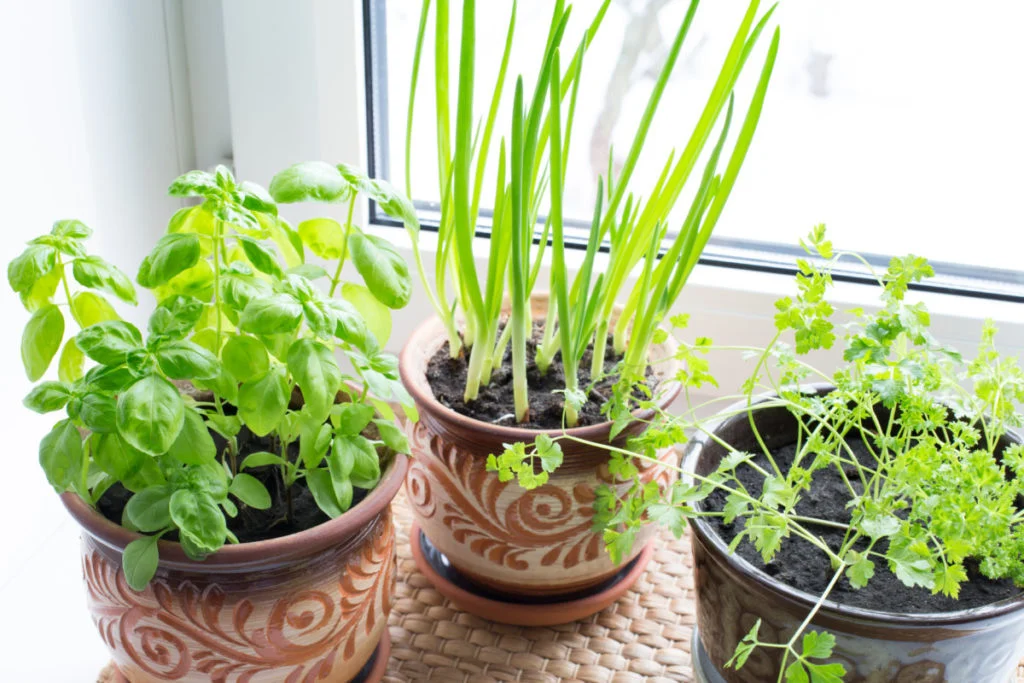
Oregano prefers a moderate watering schedule:
- Frequency: Water when the top 1 inch of soil feels dry.
- Method: Water thoroughly, allowing excess to drain from the pot.
- Avoid Overwatering: Oregano is prone to root rot if left in soggy soil.
- Humidity: Average indoor humidity is sufficient; excessive moisture can encourage fungal diseases.
Expert Tip: Ensure good air circulation around the plant to reduce humidity-related problems, especially in kitchens or enclosed spaces.
Step 5: Fertilization
Indoor oregano benefits from light feeding:
- Type: Use a balanced liquid fertilizer (10-10-10) or organic seaweed extract every 4–6 weeks during the growing season.
- Frequency: Avoid over-fertilizing; too much nitrogen promotes leaf growth at the expense of flavor.
- Dormancy: During winter months, reduce fertilization as growth naturally slows.
Tip: Fertilizing lightly helps maintain a strong, aromatic flavor in the leaves.
Step 6: Pruning and Maintenance
Regular pruning is essential for healthy, productive oregano:
- Deadheading: Remove faded or yellow leaves to encourage new growth.
- Pinching Tips: Pinch the tips of stems regularly to promote bushy growth and prevent legginess.
- Harvesting: Snip leaves and small stems as needed for cooking; avoid removing more than one-third of the plant at a time.
Expert Insight: Consistent pruning prevents the plant from becoming woody and helps maintain year-round productivity.
Step 7: Harvesting Oregano
Proper harvesting techniques maximize flavor and plant health:
- Timing: Harvest leaves just before the plant flowers, when essential oil concentration is highest.
- Method: Use clean scissors or your fingers to cut stems. Harvest from the top to encourage branching.
- Storage: Fresh leaves can be used immediately, dried, or frozen for long-term use.
- Frequency: Harvesting regularly encourages continuous growth and stronger flavor.
Pro Tip: Dry oregano by hanging small bundles upside down in a dark, ventilated area to preserve aroma and flavor.
Step 8: Dealing with Common Indoor Challenges
Even indoors, oregano can face challenges:
- Leggy Growth: Often due to insufficient light; increase sun exposure or add grow lights.
- Pests: Aphids, spider mites, and whiteflies can appear; use insecticidal soap or neem oil.
- Fungal Diseases: Overwatering or poor air circulation may cause powdery mildew; ensure proper spacing and avoid water on leaves.
- Woody Stems: Regular pruning prevents excessive woodiness, keeping stems tender and flavorful.
Expert Insight: Maintaining optimal light, airflow, and pruning prevents most indoor growing issues.
Benefits of Growing Oregano Indoors
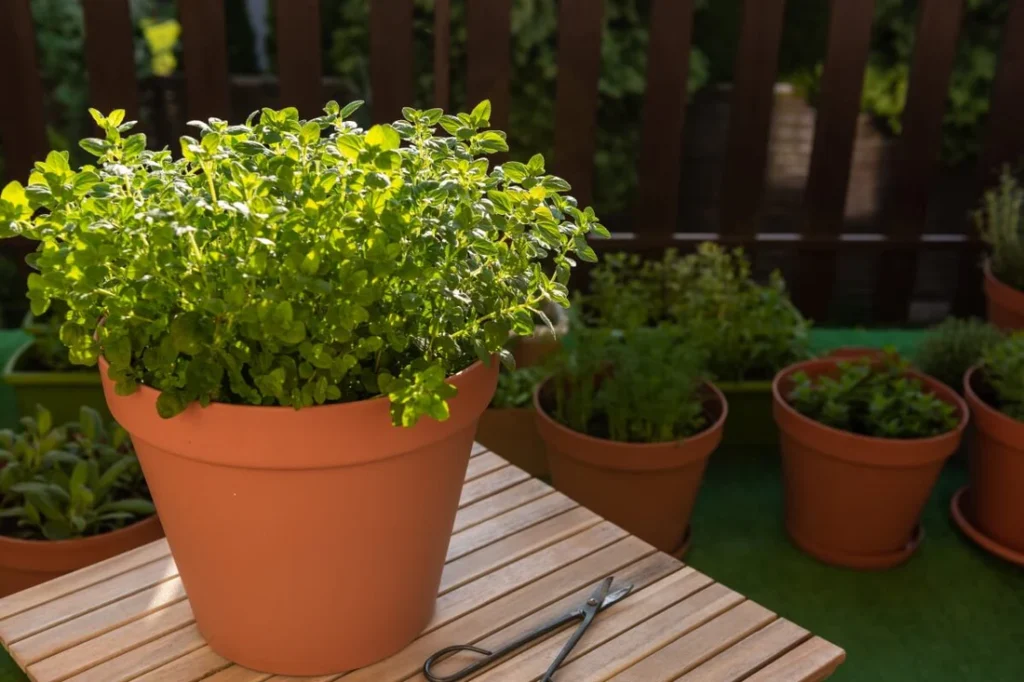
- Culinary Use: Fresh leaves enhance pizza, pasta, sauces, soups, and salads.
- Medicinal Properties: Oregano contains antioxidants and antimicrobial compounds, supporting wellness.
- Aesthetic Appeal: Adds greenery and fragrance to indoor spaces.
- Pollinator Attraction: Flowering oregano can attract bees and beneficial insects if placed near sunny windows.
- Cost-Effective: Grow once, harvest year-round, and reduce store-bought herb purchases.
Conclusion
Growing oregano indoors is a practical and rewarding way to enjoy fresh, flavorful herbs year-round. By following the right steps—selecting the proper variety, using well-draining soil, providing sufficient light, maintaining proper watering, and pruning regularly—you can cultivate a thriving indoor herb garden that continuously produces aromatic, tasty leaves.
Key Takeaways:
- Choose compact or dwarf varieties for indoor growth.
- Provide at least 6–8 hours of sunlight or supplement with LED grow lights.
- Harvest regularly to encourage bushy, productive plants.
- Avoid overwatering and maintain good air circulation.
- Prune to prevent woodiness and extend productivity.
With these strategies, indoor oregano can become a sustainable, aromatic, and productive addition to your home, offering fresh leaves for cooking, teas, and medicinal use throughout the year. By growing it indoors, you’ll enjoy the convenience, flavor, and beauty of a perennial herb without seasonal limitations.
